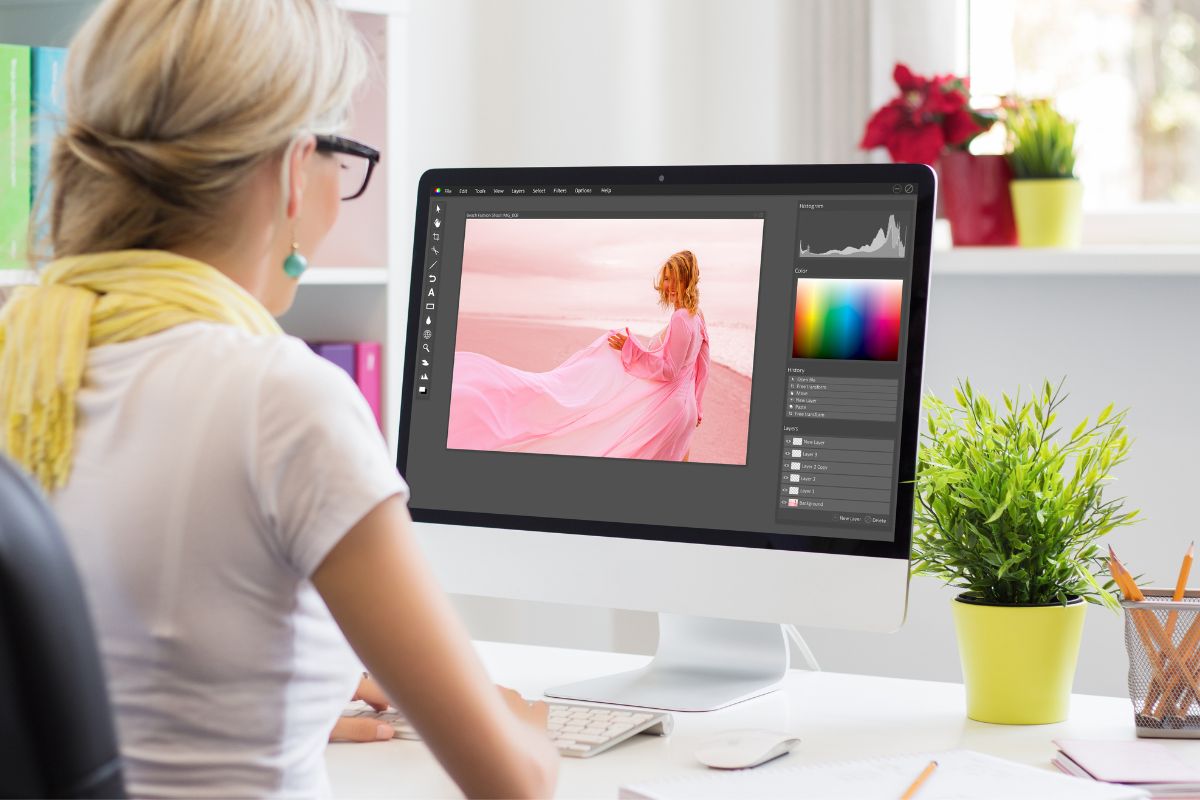Product photography can be a great way to present your product to your customers, but if you’re reviewing someone else’s products or perhaps even simply writing about them – using product photos can be a risky affair.

The laws around copyright are different and might vary from country to country. For the purposes of this guide, we’ll be focusing on general guidelines and if necessary, laws in the United States.
Here’s what you will need to know if you’re thinking about using product photos on your blog.
An Overview
Selecting product photographs and copying them to your blog can of course be visually pleasing and make perfect sense to your content, but many owners of this photography might not be happy with you using them.
Even if you are using these photographs for the purposes of critique or review, you may end up facing legal implications.
The way to curtail these possibilities is to either ask for and receive permission from the owner, take the photographs yourself or hire a professional photographer.
Too often do blog owners or even those on social media simply right click on a product photograph they like and use it on their platform.
What they fail to realize is that using someone else’s property without permission is in fact, stealing.
Whoever owns exclusive rights to a photograph has the say to where the photograph is published and where it is used.
It also probably goes without saying that if you are entangled in a legal dispute regarding copyright infringement, you can probably say goodbye to your blog!
Can I Use Product Photos On My Blog At All?
Yes you can use product photos on your blog, but as we said – there’s a process you must abide by.
For starters, if you really like an image that you have seen – you should first seek the owner’s permission to use their image.
Now, it’s entirely possible that the owner of the image will allow you to use their photograph, providing you either:
- Shine their product with positive light and praise
- Pay a fee
There’s also nothing in law stopping them from asking for this fee. In fact, if you earn money from the use of their imagery, they could demand a cut from your earnings – should that go to a legal dispute.
The main reason that the owners of the product imagery are so protective over their photographs is because they worry about where their products and brand will be advertised.
As you can probably imagine, nobody would want their brand negatively affected by someone using their imagery and being extremely critical or even worse.
Indeed, this is why companies spend heaps of money getting professional photographers in and making their product photography look so good. When it’s all said and done – they want the product to sell.
It’s obvious that with poor photography, the enticement to purchase the product is lowered, so this is why you are probably drawn to the photograph in the first place.
It should also be noted that the owners of the property itself (i.e. the product) can refuse you the right to take your own photographs of it too.
You may have seen this in stores before where it says “photography is prohibited”.
So, much in the way that you need to ask permission to use the photographs that do not belong to you, you also must ask for permission to take photographs of the product in person.
What Is The Alternative?
One of the best alternatives is to access Creative Commons (CC). This basically means the product has been given a license for distribution for free. However, each photograph may have its own requirements etc.
Royalty free photographs are fantastic, especially when you’re only using the images to make a basic overarching point – but they will certainly not be up to the standard of professional imagery.
It’s best to check how you can use this imagery before you continue with your plans. However, another option is to use your own photographs.
Now, as mentioned, you will have to ask for permission to be able to take the photo to begin with, and you may end up with two scenarios:
- You’re denied permission
- You’re given permission
If you’re denied permission, you should seek out something similar to photograph. Whilst this might not be as good as the real product, you should still be able to write your content on the blog post.
If you’re given permission, ensure you have a high quality camera, good lighting and take several different photos in case of problems and for your own choices.
Preparing Your Photographs For Your Blog

If you’ve managed to legally source your photographs, or you have decided to use royalty free imagery – it’s now important that you size them and name them.
To prepare your images ready for your blog, you need to follow these following four steps.
Resizing
You need to know the pixel sizing of your blog content (if you don’t know, check or resize it down to 800 pixels).
Use a high quality image editor and touch up any issues. Remember, if your image is too large – not only will the quality reduce, but it will take much longer to load on the page.
Multi-Image Tools
If you are going to use a lot of different product photographs, you might want to use a tool known as Blogstomp.
This tool allows you to resize your imagery and makes all of your photographs “blog friendly”, including resolution.
File Size Reduction
Reducing the size of your files is critical before you begin uploading any content. If you are using WordPress as a CMS, you can add a handy plugin called WebCraftic. This plugin allows you to properly optimize your imagery.
The reason this is now so important is because many blog owners forget about optimizing for mobile devices, meaning the user experience is absolutely terrible.
Indeed, considering the majority of users will be accessing your blog through their phone or tablet, you will need to get this right.
Correct The Names
You can increase the chances of getting higher ranking with your images by changing the names of your saved and uploaded images.
Remember, Google’s algorithm allows the search for images as well as basic text – so having an image entitled “glass table” is going to be better than “img. 76399”.
These names will work in conjunction with your keyword research and other SEO tactics.
Do I Need Product Photos?
Whilst it might be nice to have them on your blog, consider this question to yourself. What sort of content are you making? Do you really have to entice users by the use of imagery or can you do it via content quality?
Have you marketed your blog properly? What’s your traffic like?
There’s so many questions to ask yourself, so if you don’t need to use product photos, you’re best advised to avoid it.
The Bottom Line
We hope this guide has been useful to you when it comes to product photography for your blog. Good luck!
- The 20 Best Blogging Courses That Are For Beginners - December 7, 2022
- 20 Best WordPress Plugins For Blogs For Effective Blogging! - December 7, 2022
- 5 Excellent Affiliate Marketing Courses To Learn - December 6, 2022








